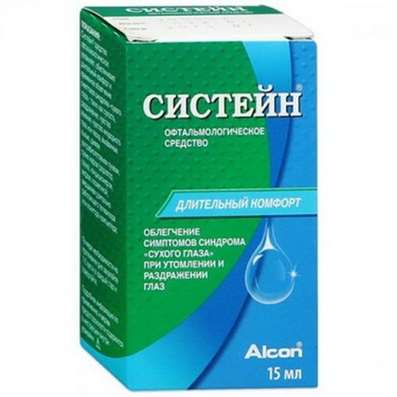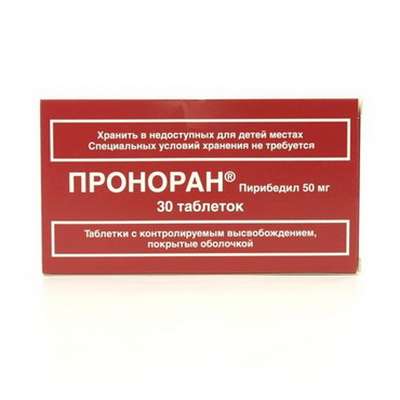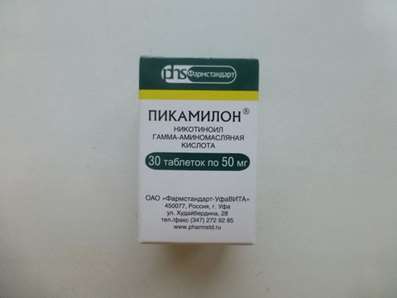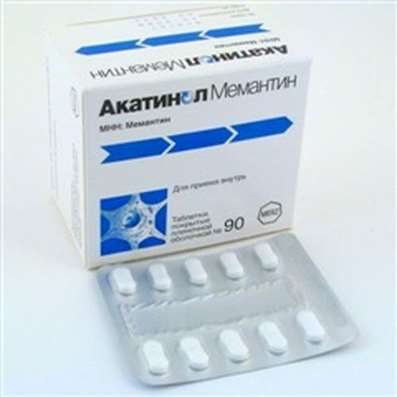Types of drugs and signs of drug usage
01 Nov 2018
The subject of abuse are, as a rule, drugs that cause pleasant or unusual states of consciousness. All chemical compounds of plant or synthetic origin, directly affecting the mental state of man, it is customary to call psychoactive.
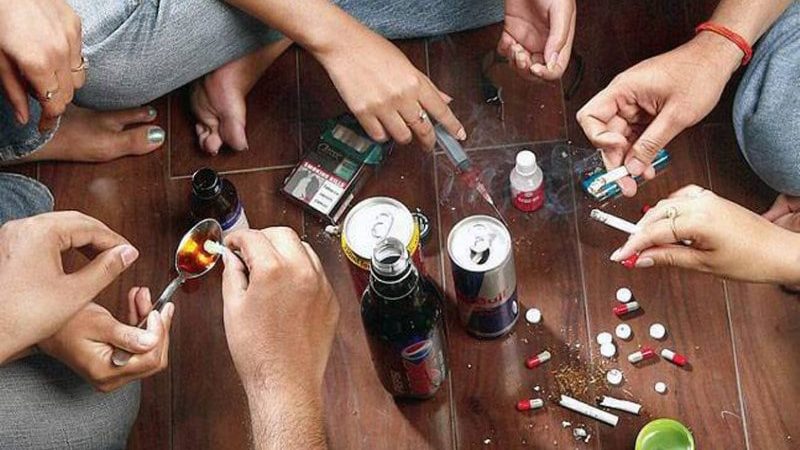
If the abuse of any psychoactive substance becomes particularly dangerous to human health and society, while causing significant economic losses, then it is recognized as a narcotic by a special legislative act, therefore the drug is not only a medical concept, but also a social one, a legal one.
OPIATES
Drugs that have a sedative, "inhibitory" effect. This group includes natural and synthetic morphine-like compounds. All natural narcotic drugs of the opium group are derived from poppies. They cause a state of euphoria, calmness, peace. Incorporating into metabolic processes, lead to a rapid (sometimes after one or two receptions) occurrence of the strongest mental and physical dependence. Extremely destructive effect on the body. Drug dependence caused by opiates is very difficult to treat.
Heroin is the most common opiate drug. Along with a very strong and pronounced narcotic effect, it has an extremely high toxicity and the ability to quickly (after 2-3 procedures) form a physical dependence. The heroin is smoked, sniffed and injected intravenously.
Poppy straw - crushed and dried parts of stems and poppy capsules (no poppy seeds contain narcotically active substances). Straw is used to make a solution of acetylated opium.
Acetylated opium is a ready-to-use solution obtained as a result of a number of chemical reactions. Has a dark brown color and a characteristic smell of vinegar.
Raw opium - a specially processed juice of poppy plants, is used as a raw material for the preparation of acetylated opium solution. A substance resembling clay. Color - from white to brown. Sold in small pieces of balls.
Methadone is a strong synthetic drug of the opium group. Sold in the form of a white powder or a ready-made solution. In some countries it is permitted as a means of substitution therapy for the treatment of opiate addiction.
Signs of intoxication
A short state of euphoria, unusual drowsiness at very different times; slow, "stretched" speech; often "lags behind" the topic and direction of the conversation; good-natured, complaisant, preventive behavior up to complete submission; desire for solitude in silence, in the dark, despite the time of day; pallor of the skin; very narrow pupil, not reacting to changes in illumination; slowing of heart rate, breathing, decrease in pain sensitivity; decreased appetite, thirst, reflexes and sexual desire
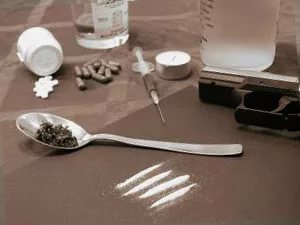
Consequences of the use of opiates
The huge risk of contracting HIV and hepatitis due to the use of shared syringes; damage to the liver due to poor quality of drugs: they retain acetic anhydride, which is used in cooking; a strong decrease in immunity and, consequently, exposure to infectious diseases; venous disease, tooth decay due to calcium metabolism; impotence; decreased intelligence. The danger of an overdose with severe consequences is very great, up to the point of death.
PREPARATIONS OF HEMP
Hemp grows in regions with a mildly warm climate. The more the plant grows to the south, the more narcotic effect is caused by the drug made from it. The active substances are cannabinoids. Impact is a change of consciousness. In the room for a long time there is a characteristic smell of burnt grass. Preserves this smell and clothing.
Marijuana is a dried or damp green herbaceous part of cannabis. Light, greenish-brown crushed leaves and flowering tops of hemp. Can be densely compressed into lumps. This drug is smoked in the form of cigarettes-rolls ("jambs"), as well as stuffed into tubes, added to food.
Hashish - a mixture of resin, pollen and crushed hemp tops - a resinous substance of dark brown color, similar to plasticine, in the form of briquettes or capsules. Contains more than 20% of cannabinoids. Hashish is smoked using special appliances. The action of the drug comes in 10-30 minutes after smoking and can last several hours. All derivatives of cannabis belong to the group of illegal drugs and are completely banned.
Signs of using cannabis drugs
Euphoria, feeling of carelessness; incontinence, increased talkativeness; a state of severe hunger and thirst, redness of the eyes; at a small dose - relaxation, acute perception of color, sounds, increased sensitivity to light due to strongly dilated pupils; at a high dose - inhibition, lethargy, confusing speech in some, aggressiveness, with unmotivated actions in others; unrestrained gaiety, disruption of coordination of movements, perception of the sizes of objects and their spatial relations, hallucinations, baseless fears and panic
Consequences of use
"Burnout" - confusion in thoughts, disappointment, depression and a sense of isolation; violation of coordination of movement, memory and mental abilities; delayed sexual development and maturation, including violations of sperm formation and menstrual cycle; hallucinations and paranoia may occur when taking a large dose of the drug; the formation of mental dependence, when smoking does not bring satisfaction, but becomes necessary; The provocation of simultaneous use of alcohol and the transition to heavier drugs; bronchitis, the system (one "cant" marijuana is equated to 25 cigarettes), lung cancer.
AMPHETAMINES
Drugs that have a psychostimulating, "exciting" effect. This group includes synthetic substances containing amphetamine compounds. In most cases, they are administered intravenously. These drugs are obtained from medications containing ephedrine (solutane, ephedrine hydrochloride). In nature, ephedrine is found in the plant "ephedra". The action of the drug lasts 2-12 hours (depending on the type of substance). Psychic and physical dependence is formed. Continuous use requires a constant increase in the dose of the drug. Exacerbated, angry, aggressive. Over time, there is unreasonable anxiety and suspicion. Suicide attempts are possible.
Amphetamine addiction has the character of "drunken" or "sessional" - periods of drug use are replaced by "cold" periods, the duration of which decreases over time.
Ephedron is a ready-to-use solution obtained as a result of a chemical reaction. Has a pink or transparent color and a characteristic smell of violets.
Pervitin is a ready-to-use solution obtained as a result of a complex chemical reaction. Oily liquid, which has a yellow or transparent color and a characteristic smell of apples. Used by consumers as a substitute for heroin addiction, which is absolutely ineffective and even more disastrous.
Ephedrine - crystals of white color, obtained from the plant ephedra. It is used for medicinal purposes, and it is also used for the preparation of ephedron and perventine more often by manipulation with medicinal preparations. Ready-to-use crystals are yellowish in color. They are inhaled or smoked.
Signs of drg use
Feeling of serenity and euphoria; increased heart rate and increased blood pressure; dilated pupils of the eyes; excessive motor activity, strong sexual emancipation; garrulity, activity is unproductive and monotonous; there is no feeling of hunger; violation of sleep and wakefulness.
Effects of amphetamines
Dizziness, headaches, blurred vision and severe sweating; heart attacks, strokes; nervous exhaustion; strong changes in the psyche and irreversible changes in the brain; lesions of the cardiovascular system and all internal organs; liver damage due to poor quality of drugs - they contain iodine, manganese and red phosphorus, which are used in the preparation of the drug; risk of contracting HIV and hepatitis due to the use of shared syringes; a strong decrease in immunity, the danger of an overdose with severe consequences, even to death.
COCAINE
A plant-derived stimulant derived from the leaves of a coca plant. Addiction develops imperceptibly, but steadfastly. Cocaine freezes the area from the eyes to the chest - the body becomes insensitive.
Cocaine is a white crystalline powder, usually inhaled through a tube or straw from a smooth surface, such as glass or a mirror. Cocaine hydrochloride dissolves easily in water, so it is not only sniffed, but sometimes injected or swallowed.
Crack-brittle plates, formed as a result of mixing cocaine with baking soda and water and evaporation, are used for smoking. Crack extremely quickly develops both physical and psychological dependence.
Signs of drug usage
Causes a short, but intense sense of euphoria and increased efficiency; stimulates the central nervous system; rapid pulse, breathing, high blood pressure, sweating; dilated pupils, lack of appetite; excessive activity, excitement, anxiety, insomnia
Consequences of use
Arrhythmia, bleeding and other injuries of the nasal cavity; destruction of the mucosa and loss of smell, taste; deafness; paranoid psychoses, hallucinations, aggressiveness; death as a result of a violation of cardiac activity (myocardial infarction) or respiratory arrest.
HALLUCINOGENES
Inhomogeneous in origin and chemical composition a group of psychedelic drugs that change consciousness - sensations, thoughts, emotions and perception.
LSD is a synthetic drug, a derivative of lysergic acid contained in ergot. Colorless odorless powder or clear liquid without odor, color and taste. The liquid is impregnated with paper or cloth painted with bright patterns. A piece of it is put under the tongue, the action renders in 30-60 minutes and lasts up to 12 hours. Has a huge hallucinogenic effect in small concentrations - 30 g. LSD is enough for 300,000 people.
Psilocin and psilocybin ("mushrooms", "toadstools") - narcotic substances with a hallucinogenic effect. Contained in mushrooms-grebes. For the onset of the narcotic effect, it is sufficient to take 2 grams of dried mushrooms. The main danger of this drug is its availability.
Signs of intoxication
Increased heart rate, increased blood pressure, dilated pupils, trembling of hands, dry skin. Drug intoxication is accompanied by a change in the perception of the outside world - those who take hallucinogens say they "see sounds" and "hear colors"; hallucinations, a strong sense of happiness, overexcitation; disturbance of sensation of the body, coordination of movements; loss of self-control
Consequences of use
Irreversible changes in the structure of the brain, mental disorders of varying degrees of severity, until the complete collapse of the personality. Even a single dose of LSD can lead to a change in the genetic code and irreversibly damage the brain. Mental disorders are indistinguishable from schizophrenia. The drug accumulates in the brain cells. Remaining there for a long time, he can and after a few months cause the same sensations as immediately after taking. The action of the drug lasts 2-12 hours (depending on the type of substance). Psychic and physical dependence is formed. Continuous use requires a constant increase in the dose of the drug. Exacerbated, angry, aggressive. Over time, there is unreasonable anxiety and suspicion. Suicide attempts possible.
ECSTASY
"Ecstasy" is a common name for a group of synthetic amphetamine-type stimulant drugs, often with a hallucinogenic effect. White, brown, pink and yellow tablets or multicolored, often with drawings, capsules contain about 150 mg of the drug. "Ecstasy" is an expensive drug, and usually its consumers switch to the systematic use of heroin or amphetamines.
Signs of intoxication
The narcotic effect lasts from 3 to 6 hours. The central nervous system is raised, the body tone rises, endurance, physical strength increases. Under the influence of "ecstasy" the person who has taken it can withstand extreme emotional and physical stress, do not sleep, do not feel tired. For the artificial "dispersal" of the body have to pay: after the cessation of the drug, a state of apathy, depression, severe fatigue, drowsiness. This condition can last several days, since the body needs to restore the expended forces.
Consequences of use
Mental dependence; depression, right up to suicide; physical and nervous exhaustion; the nervous system, heart, liver, degeneration of internal organs suffer; change in the genetic code. Possible fatal outcomes from dehydration, overheating of the body, acute renal failure.
SLEEPING PILLS
A group of sedative (sedative) and hypnotic substances, occurring in the form of official preparations, usually tablets ("wheels") or capsules. There are many varieties, the most dangerous are barbiturate acid derivatives, but other drugs more or less freely sold in pharmacies (phenazepam, relanium, reladorm) can cause mental and physical dependence.
Sleeping pills are usually taken orally, but sometimes they are administered intravenously. Causes a strong dependence on both the physical and psychological levels. Especially dangerous when used together with alcohol.
Signs of intoxication
Confusion, slurred speech, clumsiness, impaired coordination, disorientation similar to alcoholic intoxication; aggressiveness, rudeness, irritability, depression.
Consequences of use
Persistent insomnia; brain damage clinically similar to epilepsy; psychoses with hallucinations, delusions of persecution; cardiac muscle dystrophy; depletion of the liver; death from an overdose and from rapid rejection of large doses.
INHALENTS
Volatile substances of narcotic action. Contain in household chemicals: dyes, solvents, glue, gasoline, hair spray, insect repellent. By themselves, they do not apply to drugs. Intoxicating action is possible if the amount of substance that has entered the body is very large.
Signs of intoxication
Occurrence of hallucinations ("cartoons"); causing, inadequate behavior; violation of coordination of movements.
Consequences of use
Sneezing, coughing, runny nose, nosebleeds, nausea, heart rhythm disturbance and pain in the chest area, loss of coordination, balance; acute intoxication with psychoactive substances, until death; toxic liver damage after 8-10 months; irreversible brain damage; frequent and severe pneumonia; change in character, lag in mental and mental development.

 Cart
Cart

